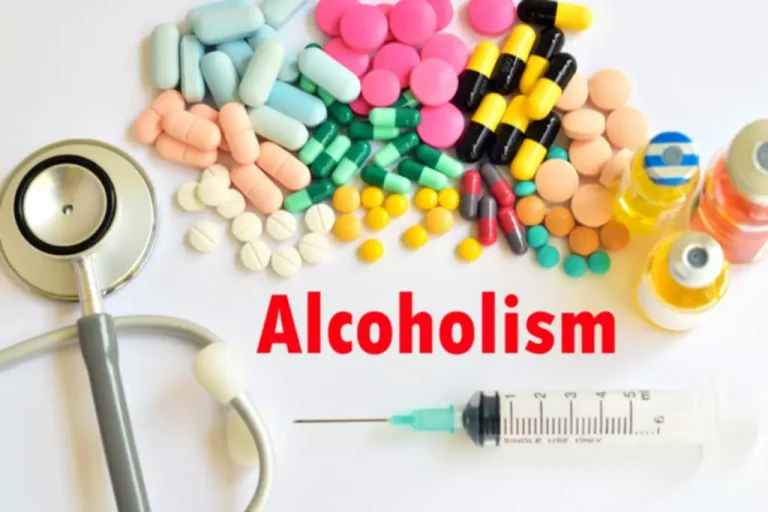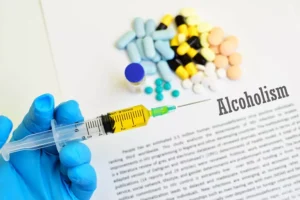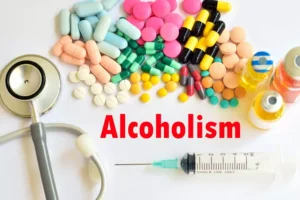
Don’t abstinence violation effect just feel good about clients, but express positive feelings toward them (within clinical boundaries) to support their sense of worth. Consider that affirming clients can have many useful impacts, such as strengthening clients’ engagement in therapy and sense of agency. Become familiar with and advocate for needed recovery services and social services not available in the community.
- This legislation,681 signed into law in 2008, mandates that mental and substance use disorder treatment benefits under group and individual health insurance plans be comparable to medical benefits in terms of financial requirements and treatment limitations.
- Some examples of proven coping skills include practicing mindfulness, engaging in exercise, or pursuing activities that bring you fulfillment.
- Such positive outcome expectancies may become particularly salient in high-risk situations, when the person expects alcohol use to help him or her cope with negative emotions or conflict (i.e., when drinking serves as “self-medication”).
- The key relapse episode was defined as the most recent use of alcohol following at least 4 days of abstinence (Longabaugh et al. 1996).
- Many would rather keep on drinking rather than come back to a primary source of support in shame.
Resources

The RP model has been studied among individuals with both AUD and DUD (especially Cocaine Use Disorder, e.g., Carroll, Rounsaville, & Gawin, 1991); with the largest effect sizes identified in the treatment of AUD (Irvin, Bowers, Dunn, & Wang, 1999). As a newer iteration of RP, Mindfulness-Based Relapse Prevention (MBRP) has a less extensive research base, though it has been tested in samples with a range of SUDs (e.g., Bowen et al., 2009; Bowen et al., 2014; Witkiewitz et al., 2014). In sum, research suggests that achieving and sustaining moderate substance use after treatment is feasible for between one-quarter to one-half of individuals with AUD when defining moderation as nonhazardous drinking. While there is evidence that a subset of individuals who use drugs engage in low-frequency, non-dependent drug use, there is insufficient research on this population to determine the proportion for whom moderation is a feasible treatment goal. However, among individuals with severe SUD and high-risk drug or alcohol use, the urgency of reducing substance-related harms presents a compelling argument for engaging these individuals in harm reduction-oriented treatment and interventions.
Computers in Human Behavior
This reframing of lapse episodes can help decrease the clients’ tendency to view lapses as the result of a personal failing or moral weakness and remove the self-fulfilling prophecy that a lapse will inevitably lead to relapse. The AVE was introduced into the substance abuse literature within the context of the “relapse process” (Marlatt & Gordon, 1985, p. 37). Relapse has been variously defined, depending on theoretical orientation, treatment goals, cultural context, and target substance (Miller, 1996; White, 2007). It is, however, most commonly used to refer to a resumption of substance-use behavior after a period of abstinence from substances (Miller, 1996).
- On the one hand, it can serve as a valuable learning opportunity, highlighting the triggers and situations that lead to relapse or rule violation.
- Feelings of guilt, shame, and self-blame may lead people to question their ability to overcome addiction and exacerbate underlying issues of low self-esteem.
- There is less research examining the extent to which moderation/controlled use goals are feasible for individuals with DUDs.
- This diversity is a strength, given the need for supports for people seeking or in recovery.
Applying AVE More Broadly

Multiple theories of motivation for behavior change support the importance of self-selection of goals in SUD treatment (Sobell et al., 1992). For example, Bandura, who developed Social Cognitive Theory, posited that perceived choice is key to goal adherence, and that individuals may feel less motivation when goals are imposed by others (Bandura, 1986). Miller, whose seminal work on motivation and readiness for treatment led to multiple widely used measures of SUD treatment readiness and the development of Motivational Interviewing, also argued for the importance of goal choice in treatment (Miller, 1985).

Effect of brief gaming abstinence on withdrawal in adolescent at-risk daily gamers: A randomized controlled study
Lack of specialized programs for people with co-occurring conditions, including individualized treatment plans that account for diverse literacy or cognitive capabilities. Be familiar with problematic behavioral issues other than substance use, such as problematic gambling and sexual behaviors. Outlining some of the benefits that clients receive when counselors participate in recovery-oriented systems of care. Counselor participation in recovery-oriented systems of care can benefit clients by promoting holistic, coordinated, and nonepisodic services.




























































